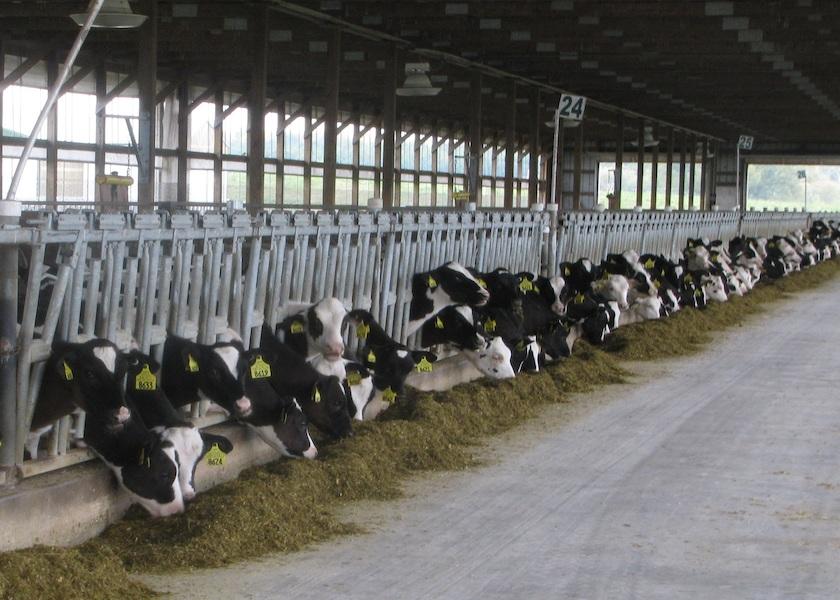Revisiting Benchmarks for Age of First Breeding

Heifer-rearing costs are some of the highest costs to the dairy farm. Recent Penn State research estimates that raising a heifer to calving costs $1,700. Other research has shown estimates well over $2,000. We consistently see benchmarks for age at first calving to be anywhere from 21 to 25 months. However, when it comes to the optimal time for breeding, the heifer’s size is more important than her age.
Breeding Benchmarks
Heifers reach puberty at about 45% of their mature body weight between 9 and 11 months old. Correct growth rates from weaning to puberty have major impacts on future production. The average daily gain from weaning to puberty should be between 1.6 and 1.9 lbs per day. Growth rates both below and above can drastically decrease potential milk yield in the first lactation.
Breeding should occur at around 55% of mature body weight and 90% of mature stature. These growth benchmarks are typically reached by 13 to 15 months old. Holsteins should weigh between 750 and 800 lbs (Jerseys – 525 to 575) and be 48 to 50 inches at the withers and 50 to 52 inches at the hips (Jerseys – 43 to 45 inches WH and 45 to 47 inches HH). Heifers should be approximately 85% of their mature body weight by calving. Too low or high of breeding and calving weights can have setbacks.
Setbacks Not Meeting Growth Benchmarks
The most consequential setback of low breeding and calving weight is the increased potential for calving difficulties. Smaller frame sizes mean a smaller birth canal for the calf. Therefore, a relationship is seen between heifer calving sizes and the need for calving assistance. Other setbacks include the increased risk for transition cow diseases because of the lack of energy reserves for animals with a lower BCS. On the other hand, heavier heifers are also prone to transition diseases.
As discussed earlier, the heavier calving weights negatively impact milk production during the first lactation. One setback that is not thought about as much is the effect of increased time to first calving on the number of replacements needed on the farm. Older ages of heifers mean a longer turnaround for replacements. The increase in time for replacement turnover results in more young stock being required on the farm.
Though not at the forefront of everyday management, a dairy’s heifer program is the future of the dairy. Heifer programs should focus on minimizing the age to first calving while meeting proper growth benchmarks. Producers should work with their nutritionists to provide proper diets for target growth.







